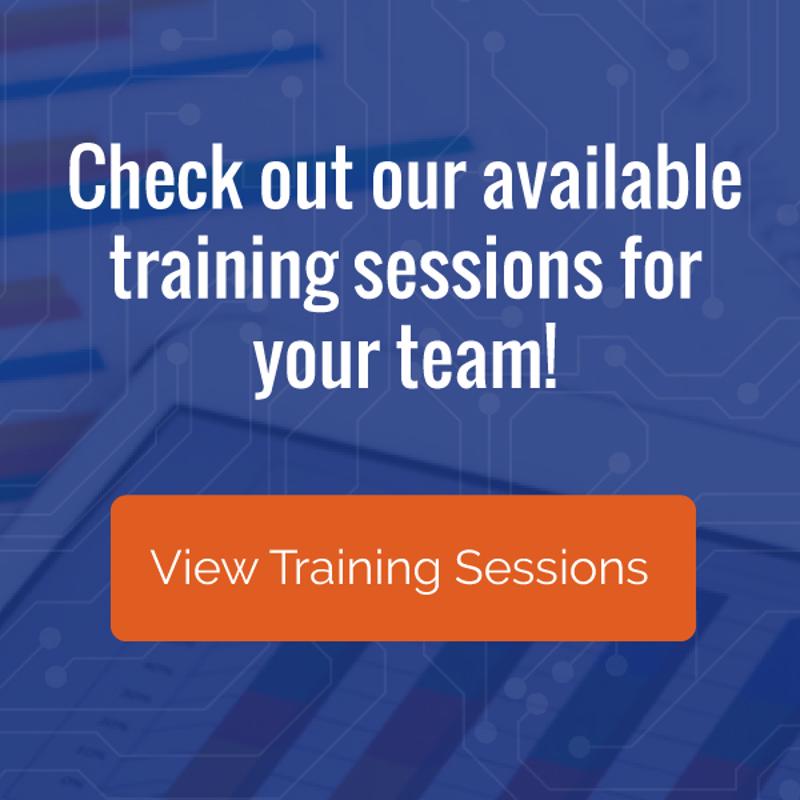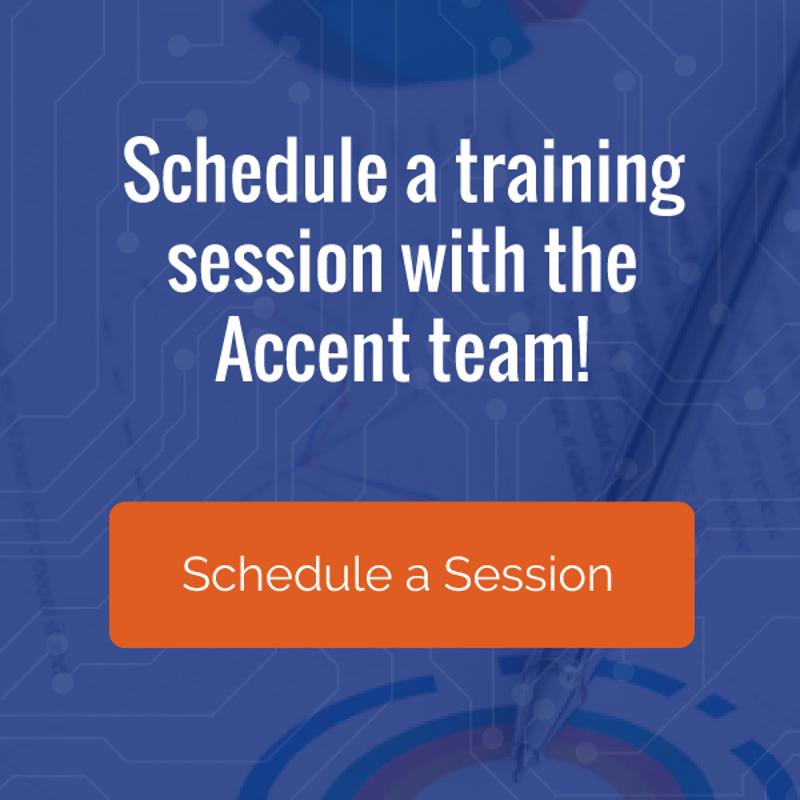The problem with manufacturing ERP workarounds
Businesses with declining enterprise software often employ workarounds to circumvent flawed features. In fact, an estimated 84 percent of organizations have at least one of these system bypasses in place, according to research from Aptean.
On the surface, such technical detours may seem harmless. However, workarounds often have an adverse impact on the business – the costs of which could far outweigh the expenses that accompany system upgrade or replacement.
Manufacturing firms with collapsing enterprise resource planning platforms would be wise to explore the consequences of prolonged software bypass usage and juxtapose those repercussions against the potential downsides of an ERP swap.
Here are some common ERP workarounds and how they affect operations.
Spreadsheets
Employees forced to abandon ERP software for the sake of productivity often turn to spreadsheets. Aptean found that these longstanding tabulation tools were go-to solutions for three-quarters of workaround users.
While familiar, spreadsheets used in place of ERP components pose several significant problems, ERP Focus reported.
For one, these standalone software implements interrupt data flow, siloing key operational insights and stymieing production processes. Additionally, shop floor, partner and customer information stored in spreadsheets is far more susceptible to theft than data filed away in the carefully controlled and protected confines of an ERP.
Notebook and paper
Almost 30 percent of the employees who take advantage of software workarounds attest to putting pen to paper, according to Aptean. These traditional tools lay the groundwork for large-scale information mismanagement, resulting in slower operations in the short-term and institutional data loss in the long-term, ERP Software Blog reported.
In today’s fast-moving manufacturing climate, these outcomes can cause significant damage to the organization.
Customized software
Information technology teams sometimes engineer software-based workarounds to assist struggling colleagues. However, these customized ERP modules often catalyze internal disarray.
Employees run into usage issues stemming from bespoke integration code, reducing productivity and compromising shop floor production. On top of this, custom software additions of this kind have been known to lead to further ERP decline, preventing IT teams from installing new updates, according to Aptean.
In the end, these small workarounds and the complications they cause weigh on the bottom line. Manufacturing firms can avoid financial hits of this sort by swapping diminished ERP software for new solutions that meet their core operational needs.
Accent Software can help manufacturers considering this course of action. As a certified Microsoft Business Solutions partner, we provide vendor-vetted Microsoft Dynamics NAV implementation services, which allow businesses in the manufacturing space to put into place best-in-class ERP software designed to facilitate organizational growth.
Connect with us today to learn more about our products and services.








